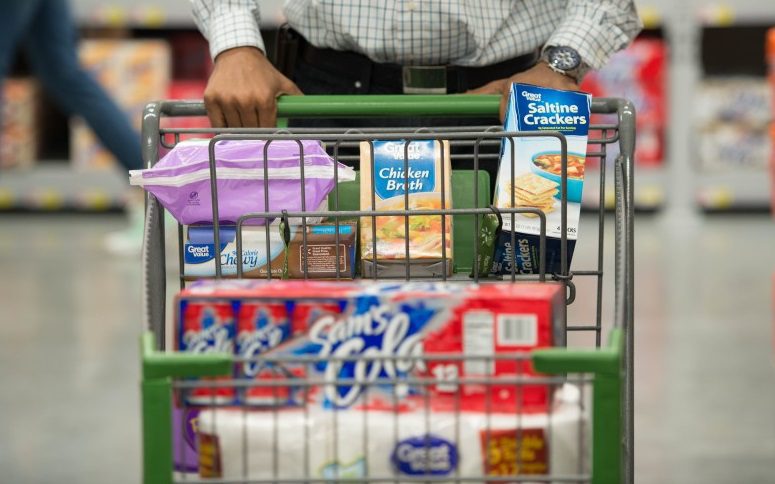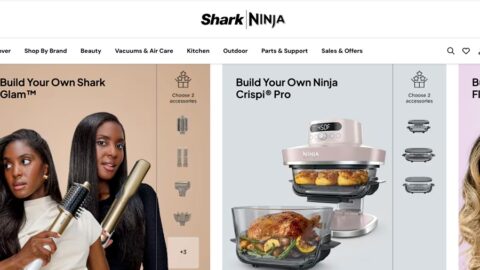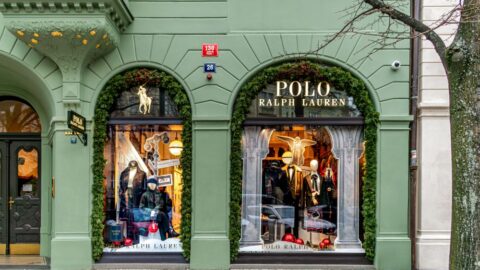Private label has often been a go-to strategy for retailers seeking to improve their margins while still offering competitive pricing. An added bonus: delivering a unique value proposition others can’t provide. But as consumer acceptance of private label brands grows, differentiation becomes a bigger challenge — one that goes beyond simply establishing a lower price point.
When examining the state of private label today, retailers seeking expansion in these areas must understand:
- Traditional “private label” products can offer sharply different results than “private (or proprietary) brands,” so retailers need to understand the differences between them;
- Private brands become more pivotal differentiators for traditional retailers as partners move to DTC sales;
- Private label products continue to outpace sales of similar goods at discount retailers, mass merchants and grocers; and
- Shoppers are showing a greater preference for “premium” private label goods, but the next brand success story will come from sustainability.
All the top names in retail offer some form of private label options, but recently many have gone above and beyond to promote their private brand offerings. Target has made a major private label push with its Good & Gather grocery brand, positioning the health-conscious products alongside more than 20 proprietary brands. Most recently, Target introduced a new line of luggage that appears to be in direct competition with Away.
In the wake of another dismal quarter that saw the retailer announce 125 store closures by 2023, Macy’s hopes private label can deliver a heavy sales push that drives 25% of total revenue by 2025. The department store aims to revamp its private offering by growing four of its most popular brands ― Alfani, Charter Club, International Concepts and Style & Co. ― to $1 billion each.
Differentiating The Two Goals” Private Label Vs. Private ‘Proprietary’ Brands
When discussing the landscape of private label, Jeff Sward, CEO and Founding Partner of Merchandising Metric, noted that there is a distinction between “private label” ― in-house versions of commoditized products offered primarily to pass savings on to a consumer ― and “proprietary brands,” such as the Macy’s brands, which serve to build an individual brand presence. Often, executives in retail circles will conflate the two, even though they often deliver on separate goals.
“There’s nothing emotional about shopping for baked beans or Vitamin C,” Sward said in an interview with Retail TouchPoints. “There is something emotional about shopping for apparel. The thought process and execution in commodity products, where it’s all about offering lower price points, is completely different than trying to build a brand alternative within the store. If International Concepts wants to be an alternative to Calvin Klein under the Macy’s umbrella, then International Concepts has to develop and build a brand persona and promise just like Calvin Klein did. It’s easy to paint with a broad brush here, but I don’t think it is one big conversation.”
Understanding the difference is crucial for retailers, especially since 53% of consumers say they shop at a store specifically for its private brand, according to Daymon Worldwide. And there are few shortcuts when it comes to developing a vibrant proprietary brand.
“This does require retailers to develop skillsets in product development, packaging and marketing that they have not necessarily had,” said Neil Stern, Senior Partner at McMillanDoolittle in an interview with Retail TouchPoints. “It’s one thing to say, ‘This is what I want to do.’ It’s still a challenge for them to be able to execute it. There’s a reason brands are brands. They’re good at what they do. It’s fairly easy to do the first part, to decide to knock off the brand and sell it at a bit less, but it’s another challenge altogether to say I’m going to be better than that brand.”
Traditional Retailers Expand Private Offerings Amid Pressure From DTC, CPG Rivals
Like Macy’s, JCPenney is seeking to revitalize its private brand offerings amid tough times. The recent launch of its ANA denim brand, which covers sizes 2 to 30, includes 15 fits and has more than 80 washes. The size inclusivity is paramount for JCPenney, which overall has taken stark criticism (and sales hits) for lack of differentiation.
DICK’S Sporting Goods is another traditional retailer expanding its assortment to include products for women in basketball, soccer, softball, dance and more, as part of explicit plans to offer more private brand options for women. With brands like Nike and Adidas both expanding their efforts of selling direct-to-consumer, the sporting goods retailer is seeking to capture an underserved audience.
Both JCPenney and DICK’s are clear examples of retailers that must adapt to relying on their own brands, especially if partner brands opt to exit their stores and go the DTC route.
“There are brands that now want to pull out of traditional channels such as department stores, because frankly, they are kind of a promotional environment, and that’s not good for better brands,” Sward said. “If better brands are going to pull out of these stores, then some existing brands would be happy to take their place. But it also means the pressure is on the retailer to build their own brands to take other brands’ place. That would be the healthy thing to do.”
The advent of more DTC brands popping up within the e-Commerce space also is forcing retailers to be creative if they want to stand out.
“CPG companies are taking a little bit of a share of the pie from retailers,” said Shannon Warner, VP in Capgemini Invent’s North American retail practice, in a prior interview with Retail TouchPoints. “Retailers going with private label provides a competitive edge where they can counter any potential lost customers to competitors.”
Private Label Goods Across Discounters, Grocers, Mass Merchants Outpace Other Product Sales
Consumers today appear to be buying into private label more, even if the concept itself has been a mainstay for decades. Sales of private label goods in discount retailers, mass merchants, grocers and drug stores eclipsed $143 billion in the first five months of 2019, nearly $14 billion more than the same period in 2015, according to a Nielsen survey. Within that four-year stretch, private label sales growth reached 2.5% per year, well ahead of the 1% sales growth average for all other products.
The Nielsen report indicated that 40% of consumers in 2019 said that if they like a store brand product, they are willing to pay the same, if not more, for it than the name brand equivalent ― a decent jump compared to 34% in 2014.
“The consumer is now by and large accepting the fact that private label can be as good a quality as national brands,” Stern said.
As More Private Label Goes Premium, Is Sustainable Next?
While private label goods and private brands appear to continue gaining in popularity among shoppers, these consumers are preferring to go slightly upscale with their purchases. Premium private label products now account for a 7.2% dollar share of U.S. private label products, up from 5.9% share in 2016, the Nielsen survey said.
“The aspiration is, if it’s not premium then at least it’s a differentiator,” Stern said. “Trader Joe’s essentially sells all private label, basically presents it as ‘private label with a twist.’ They’re always trying to put something into their product that makes it different than, better than, more unique than the national brand. That doesn’t always have to be premium, by the way. It can happen through ingredients, it can happen through flavors or even packaging, when you’re doing something unique and different to distinguish the product.”
Differentiation can go beyond the realm of design, aesthetics, style or taste. Given how younger consumers increasingly prefer shopping for sustainable or reusable products, that factor will be key in building an effective, authentic brand going forward.
“If a new, emerging brand, doesn’t somehow take a position on and contribute to sustainability, something eco-friendly, then you’re going to be outdone by somebody that is doing something that has a sustainable edge,” Sward said. “It’s not just marketing. It’s because sustainability is very real. If something isn’t done, we have a real problem. If you can have a brand that also says ‘I want to be a friend to the environment. I want to be part of the solution and not the problem,’ then that to me is a competitive edge.”













